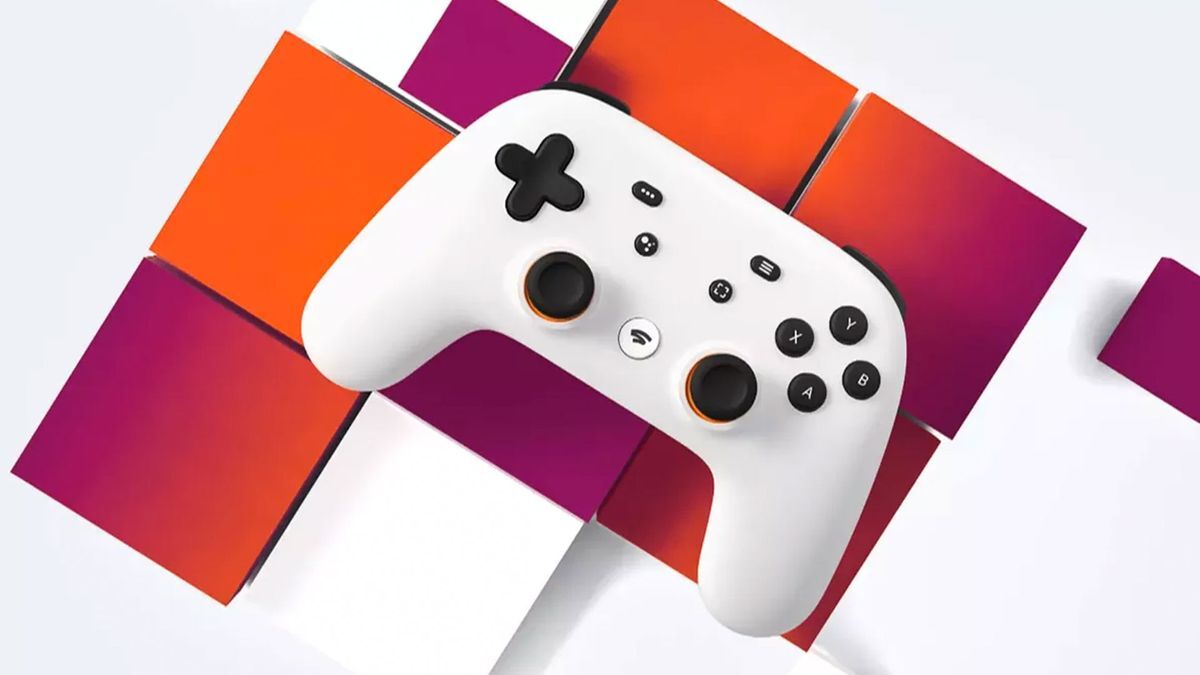A statement from a Google employee, Dov Zimring, has been released as a part of the FTC vs Microsoft court case (via 9to5Google). Only minorly redacted, the statement gives us a run down of Google’s position leading up to Stadia’s closure and why, ultimately, Stadia was in a death spiral long before its actual demise.
"For Stadia to succeed, both consumers and publishers needed to find sufficient value in the Stadia platform. Stadia conducted user experience research on the reasons why gamers choose one platform over another. That research showed that the primary reasons why gamers choose a game platform are (1) content catalog (breadth and depth) and (2) network effects (where their friends play).
…
“However, Stadia never had access to the extensive library of games available on Xbox, PlayStation, and Steam. More importantly, these competing services offered a wider selection of AAA games than Stadia,” Zimring says.
According to the statement, Google would also offer to pay some, or all, of the costs associated with porting a game to Stadia’s Linux-based streaming platform to try and get more games on the platform. Still, in Google’s eyes, this wasn’t enough to compete with easier platforms to develop for, such as Nvidia’s GeForce Now.



Sure, they claimed that, but it’s telling that nobody ever took them up on that.
Google’s internal network may be good, but it’s not going to be an order of magnitude better than you can get in any other datacenter. If getting thousands of people into the same virtual space were just a matter of networking, an MMO would have already done it.
A shard is going to be storing the position, orientation and velocity of key entities (players, vehicles, etc.) in memory. If accessed frequently enough they’ll be in the processor’s cache. There’s no way the speed of accessing that data can compare with networking speeds.
That doesn’t mean there couldn’t have been some kinds of innovations. Say a game like Star Citizen where there are space battles. In theory you could store the position and orientation of everything inside a ship in one shard and the position and orientation of ships themselves in a second shard. Since people inside the ship aren’t going to be interacting directly with things outside the ship except via the ship, you could maybe afford a bit of latency and inaccuracy there. But, if you’re just talking about a thousand-on-thousand melee, I think the latency between shards would be too great.